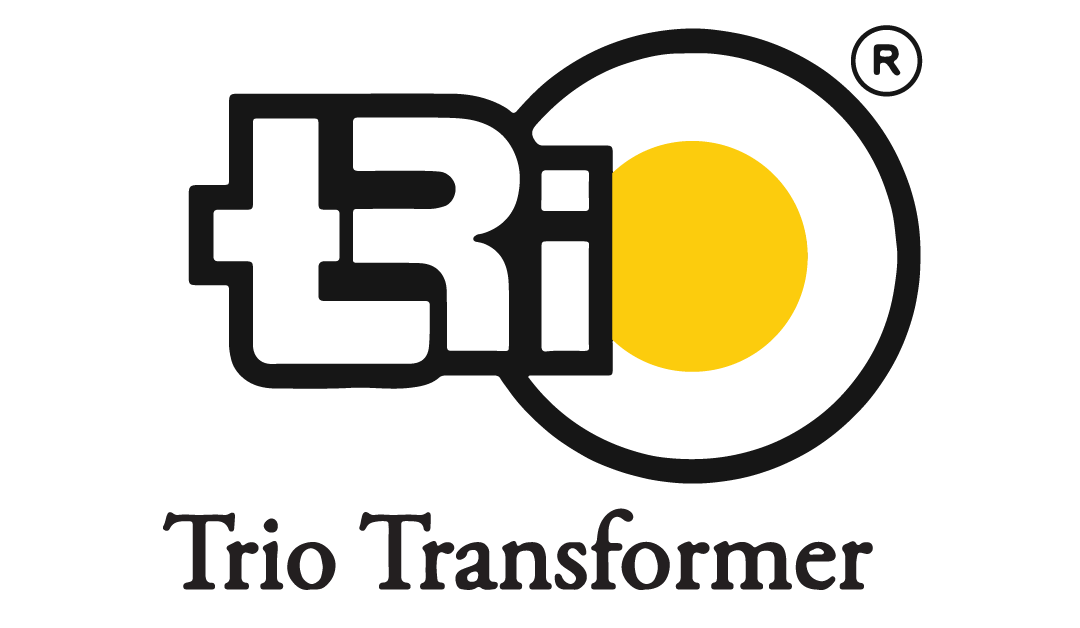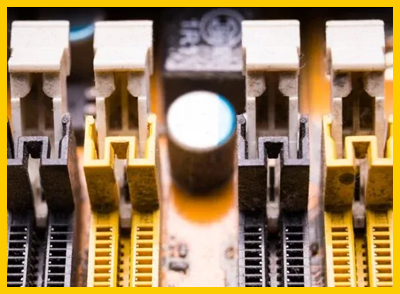The Critical Role of Step-Up Transformers in Modern Power/Electrical Systems
The step-up transformers are the backbone of electrical energy infrastructure nowadays. They are necessary to provide efficient and reliable electric supply through huge distances. They play a very critical role in increasing the levels of voltage required for extreme importance in long-distance electricity transmission.
Without them, losses would be vital to note throughout the whole process of electricity distribution, and operational costs would be much higher.
All these, and more important features, functions, and applications of step-up transformers, make them an important part of the modern energy infrastructure. That also leaves their implications on companies involved in energy generation and its distribution.
What is a Step-Up Transformer?
A step-up transformer is an electrical device that has the capability to increase the voltage of alternating current while lowering its current. The process is essential in power generation and distribution because electricity can be sent over long distances.
Step-up transformers rely on a process called electromagnetic induction. They have two layers of windings: one is the primary and the other is the secondary with more turns in the secondary winding compared to the primary. The differences in the number of winding turns produce an increase in the output voltage.
Step up, by boosting the voltage, step-up transformers reduce power line losses owing to resistance; and hence the energy transmission improves.
How Do Step-Up Transformers Function in India?
Step-up transformers, along with their step-down transformers, play an important role in India to power and manage the alternating current (AC) flow, which is used to transfer electricity from one region to another. The functioning of these step-up transformers, like their step-down counterparts, relies on the principle of electromagnetic induction.
As you may know, the above principle is key to the functioning of all AC transformers: it converts electrical energy from a lower AC voltage to a higher AC voltage. It’s essential for efficiently transmitting electricity over long distances in a country as extensive as India.
A basic step-up transformer has at least two windings, separated by a core made of ferromagnetic material. When an alternating current is applied to one of the windings, called the primary winding, a changing magnetic field is created, which induces a voltage in the other winding, the secondary winding. The transformation ratio determines the output voltage since it is dependent on the number of turns in each winding.
Role of Efficiency in Step-Up Transformers
An important parameter in India, on the way to becoming an energy-efficient nation, with rising energy demands and sustainable development as an approach. The efficiency of a transformer measures how much input energy is converted into useful output energy while minimizing the amount wasted as heat and lesser resistive losses in power lines. High efficiency transformers help cut energy costs.
A step-up transformer is used for voltage compensation. In India, it is also call them voltage compensators, as they do boost voltages very effectively so as to compensate for possible losses on long transmission lines. Transformers Exporter Company India make These transformers most useful for areas where the power generation sources are quite a distance away from the centers of consumption. They ensure that the voltage is stable and high enough even after transmission over very large distances.
In a step-up transformer, the secondary winding has a higher number of turns compared to the primary winding that is used to increase the voltage; in contrast, step-down transformers have the opposite.
Due to their great starting and voltage boosting capabilities, step-up transformers are unavoidable in India’s power grid as they transmit electricity from power plants to towns and villages.
Related: Unlocking the Potential of Transformers
Why Step-Up Transformers are Important in Power/Electrical Systems?
#1. Facilitates Transmission for long distance
The primary reason for the use of step-up transformers is that it facilitates the transmission of electricity over a long distance. It is produced in power plants where usually it has to travel thousands of kilometers to reach homes and industries. Step-up transformers make high voltage possible and also reduce the power loss due to the resistance from the transmission lines while carrying electric power.
#2. Nearly Comprehensive Loss in Powers
Ohm’s Law, which states that current is proportional to voltage and inversely proportional to resistance, indicates that the power loss due to resistance in the transmission lines is proportional to the square of the current. This means that, actually, step-up transformers reduce losses a great deal by increasing the former and consequently reducing the latter.
It means among other things,
- Smarter distribution of energy
- Utility companies operating at reduced cost
- Potentially cheaper energy for consumers
#3. TIE-Up with Renewable Energy Sources
Today, as the world has started to be more environmentally conscious by adopting cleaner sources of energy, the role of step-up transformers is vital in the integration of renewable sources of energy into the power grid. During recent years, with wind and solar power, integration of renewable sources of energy into the system has become extremely important. Step-up transformers are also utilized in such systems, such as in wind farms and solar power plants, where electricity generated at low voltages has to be elevated to a high voltage for its onward transmission into the grid.
#4. Electrical Grid Stabilization
High voltage transformers thus play an important role in the stabilization of electrical grids. They maintain a steady voltage level for any client on a transmission network, thus there is no frequent change in supply. This stability ensures protection for sensitive electronic equipment and integrity of the power system as a whole.
Related: Simplified Understanding of Current Transformers
Applications of Step-Up Transformers
#1. Power Generation
Step-up transformers are, therefore, widely used in power plants to raise the voltage of electricity generated before it is sent to the transmission grid. Relative to other generation types, most of the electricity generated by power plants-power that is mostly at relatively low voltages-is used in thermal, hydroelectric, and nuclear facilities. Step-up transformers increase this voltage to suitable levels to be transmitted. It indeed runs up into hundreds of kilovolts (kV).
#2. Renewable Energy Projects
Because wind and solar energy generates electricity at low voltages, as we said above, converters and transformers such as step-up transformers convert it to high-voltage AC power. It can then be transported over long distances with little loss of energy. They are utilized in onshore as well as offshore wind farms and big solar installations.
#3. Industrial Applications
Many industrial processes require an immense amount of power. For example, a step-up transformer provides the various equipment and machinery in industries such as manufacturing, mining, and chemical processing with their preferred levels of voltage. Thus, such transformers ensure industrial operations work without interruptions and efficiently.
Also Read: How to Choose the Right Transformer for Your Business
Parts of a Step-Up Transformer
To better understand how these devices function, let’s describe the basic parts of a step-up transformer:
Core
Conventionally, the core of a step-up transformer consists of laminated steel. Laminated steel is used to reduce energy losses from eddy currents. The said core allows completing the process of electromagnetic induction.
Primary Windings
The primary winding is connected to a power source. The primary winding carries low voltage electricity that comes either from the power plant or any other source.
Extra windings
The number of turns of the winding in the secondary is higher compared to the number of turns of the winding in the primary and thus the transformers can boost the voltage of the output current. Voltage boosting is dependent on the number of turns of the secondary winding.
Cooling System
Transformations that step up generate considerable heat which may cause the transformers to overheat. Most transformers are fitted with cooling systems; these include oil-based cooling or fans, or radiators to prevent overheating.
Related: Understanding the Advantages of Isolation Transformers
Differences Between Step-Up and Step-Down Transformers
While step-up transformers are essential in increasing the voltage, step-down transformers conduct the reverse process of lowering the voltage. These step-down transformers are used near the point of delivery because high-voltage electricity is transformed into safer lower levels for homes and businesses.
Key differences:
- Step-Up Transformer: Increases voltage, reduces current.
- Step-Down Transformer: Reduces voltage, increases current.
Both types are necessary for successful and secure power transmission, but they are applied at different levels of the power grid.
Greater Impact of Step-Up Transformers
Other than their technical roles, step-up transformers have greater impacts in the power system:
- Economic Impact: The action of efficient power transfer through step-up transformers leads to savings in energy costs and contributes toward growth in the economy of various sectors.
- Environmental Issues: Step-up transformers enjoy efficiency gains that create less energy waste, hence leaving fewer carbon emissions when producing electricity.
- Technological Development: This capacity for power transmission over long distances went a long way towards the establishment of modern power grids and electricalizing of distant places.
- Urbanization Support: Efficient power transmission by step-up transformers has helped develop cities and industrial centers, even though located far away from sources of generation.
The need for step-up transformers will only increase as we continue to face energy distribution and strive for a more sustainable direction in power solutions. Step-up transformers are part of an essential modern power system. They are of great value to us in increasing the voltage over wider distances with less loss of power, helping integrate renewable sources into our renewable energy systems, and stabilizing power systems for efficient distribution.
We will continue to broaden and modernize our electrical grids, so step-up transformers will be an indispensable element in our desire for reliable and cost-effective power distribution. In this context, knowing how these components work enables us to appreciate the complex systems behind our day-to-day lives and what is being done for our use of energy to become less inefficient and more environmentally friendly.



